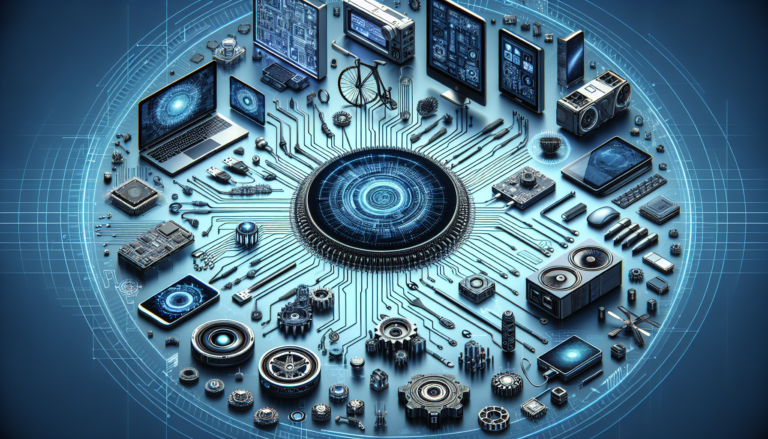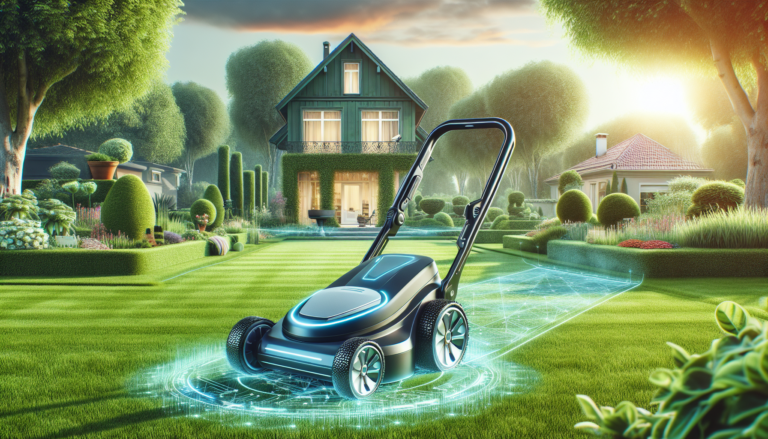The impact of technology in behavioral sciences
Technology has significantly influenced many fields, including behavioral sciences. Thanks to technological advances, researchers have access to tools and methods that allow them to better understand and analyze human behavior. In this article, we will explore the different aspects of the impact of technology in behavioral sciences and how it can improve our daily lives.
1. Data collection and analysis
Technology has transformed data collection into behavioral science. Previously, researchers often had to rely on direct observation methods or paper questionnaires to collect data. However, with the advent of technology, new data collection methods have emerged, allowing researchers to obtain more accurate and detailed information about human behavior.
Example : Motion sensors, such as those used in smartwatches, can be used to collect data on individuals’ physical activity. This data can then be analyzed to identify behavioral patterns and trends, which can be useful in health and wellness.
2. Intervention and treatment
Technology also plays a critical role in behavioral science interventions and treatments. Many apps and online platforms have been developed to help individuals manage their behavior and make positive changes in their lives.
Example : Habit tracking apps can help people identify and change unwanted behaviors, such as procrastination or overeating. These apps record users’ daily habits and provide personalized advice to help them achieve their behavioral goals.
3. Virtual reality simulations
Virtual reality (VR) offers new possibilities in the study of human behavior. Researchers can create realistic virtual environments to simulate different situations and observe the behavior of individuals under controlled conditions.
Example : Psychologists can use virtual reality to simulate scenarios of exposure to phobias, such as the fear of flying on an airplane. This allows individuals to face their fear in a safe and controlled environment, which can lead to reduced anxiety and positive behavioral changes.
4. Social Media Analytics
Social media has become a wealth of data for behavioral science researchers. By analyzing individuals’ activities and interactions on social media platforms, scientists can gain valuable insights into users’ attitudes, emotions, and behaviors.
Example : Using textual analysis techniques, researchers can analyze social media posts and comments to study various aspects of human behavior, such as self-esteem, political perception, and consumer trends.
Improve mental health and well-being
Improving mental health and wellbeing is a growing concern in our modern society. Between daily stress, professional pressures and personal problems, it is essential to take care of our mental well-being. Fortunately, technology can play a key role in this goal by providing us with tools and resources to help us improve and maintain our mental health.
Meditation and mindfulness apps
Meditation and mindfulness are effective practices for reducing stress and improving our mental well-being. Many meditation and mindfulness apps have been developed to support us on our journey to better mental health.
For example, the application Headspace offers guided meditation sessions, breathing exercises and tips to better manage daily stress. Another popular app, Calm, offers a wide variety of meditations and relaxing music to promote relaxation and sleep. By using these apps regularly, we can learn to better manage our emotions and cultivate a positive mindset.
Sleep Tracking Tools
Sleep plays a vital role in our mental health and overall well-being. Many people experience sleep problems which can negatively impact their mental state. Fortunately, sleep tracking tools are available to help us better understand our sleep habits and identify factors that may disrupt our rest.
The app Sleep Cycle uses the accelerometer of our smartphone to measure our movements during the night and wake us up at the most convenient time. It also provides detailed statistics on the quality of our sleep, such as duration, depth and regularity. By using these tools, we can adjust our sleep habits and improve our rest, which will have a positive impact on our mental health.
Online support and virtual communities
It is essential to feel supported and cared for when going through difficult periods mentally. Technology allows us to join virtual communities and participate in online support groups. Platforms such as PsychCentral Or 7 Cups offer discussion forums, support groups and the opportunity to speak to professionals.
These online resources can provide us with a safe space to share our concerns, find comfort, and receive advice. Participating in these virtual communities can help us feel less alone in our struggles and get the support we need.
Time management and productivity apps
Overwork and lack of organization can contribute to stress and a reduction in our mental well-being. Fortunately, there are time management and productivity apps that can help us better organize our daily tasks and optimize our time.
The app Todoist allows you to create to-do lists, set reminders and track our progress. It also offers collaboration features to facilitate teamwork. Another application, Forest, uses gamification techniques to encourage us to stay focused and manage our time effectively. By using these apps, we can plan our days strategically, reduce the stress of deadlines, and improve our overall productivity.
Facilitate decision-making
Facilitating decision-making is a challenge that we all face in our daily lives. Whether it’s choosing a vacation spot, deciding what to eat tonight, or making bigger decisions in our professional or personal lives, it’s sometimes difficult to weigh the pros and cons and find the best option. Fortunately, technology can be a valuable ally in this process by providing us with tools and information that help us make smarter, faster decisions.
The use of algorithms
Algorithms are often used to facilitate decision-making. They are able to process large amounts of data and analyze them systematically to identify trends and correlations. Many companies use algorithms to predict their customers’ purchasing patterns, allowing them to tailor their offerings and make strategic decisions. Algorithms can also be used in our daily lives, for example to help us choose a movie to watch based on our past preferences.
Mobile apps
Mobile applications have revolutionized the way we make decisions. Today there are a multitude of applications that help us solve everyday problems, whether in health, finance, travel, etc. For example, apps like “Strong Finance” can help us manage our budget and make smart financial decisions. These applications give us access to valuable data and insights, allowing us to make more informed decisions.
Online reviews
Another valuable tool to aid decision-making is reading online reviews. Before booking a hotel, purchasing a product or choosing a restaurant, it has become common to consult the reviews of other consumers. These reviews give us an idea of the quality of the service or product and help us make a more informed decision. However, it is important to keep in mind that some reviews may be biased, so it is recommended to consult multiple sources before deciding.
Comparative tables
Comparison tables are a handy tool for comparing the features of different options. Whether choosing a cell phone, a car or insurance, comparison tables allow us to quickly visualize the differences and similarities between the different options. These tables can also be used in our daily lives, for example to compare the advantages and disadvantages of different holiday destinations.
Strengthen social relationships and communication
Strengthening social relationships and communication through technology
Social networks: staying connected with loved ones
In our modern world, social networks play a major role in our lives. They allow us to stay in touch with our friends and family, even from a distance. Popular platforms like Facebook, Instagram and Twitter offer the opportunity to share moments from our daily lives, chat online and strengthen our social connections. It is also possible to organize events, parties and meetings using these social networks.
Instant messaging applications: communicating in real time
Instant messaging apps like WhatsApp, Messenger and Snapchat have revolutionized the way we communicate. Thanks to these tools, it is possible to exchange messages, photos and even make video calls in real time. This allows us to keep conversations flowing and stay connected with our loved ones, no matter where we are. Additionally, these apps often offer fun and entertaining features, which make communication even more enjoyable.
Virtual reality: social immersion
Virtual reality is an evolving technology that has the potential to revolutionize the way we interact. Thanks to virtual reality headsets, it is possible to immerse yourself in virtual worlds and enjoy shared experiences with other users. This helps strengthen social interactions, even remotely. For example, it is possible to attend concerts, participate in online games or even visit historical places, all in the company of friends or family members.
Dating apps: expanding your social circle
Dating apps have become extremely popular in recent years. They offer the opportunity to meet new people and develop romantic or friendly relationships. Applications like Tinder, Bumble or Grindr use the algorithm to connect people with common interests. Thanks to these tools, it is now easier than ever to expand your social circle and meet new people who share the same interests.
Translation tools: facilitating intercultural communication
Intercultural communication can sometimes be complicated due to language barriers. However, thanks to translation tools like Google Translate or Babbel, it is possible to communicate in different languages instantly. These tools facilitate dialogue between people of different nationalities and strengthen mutual understanding. Whether for a trip abroad, professional exchanges or simply to enrich one’s personal culture, translation tools have become essential.
By using technology intelligently, it is possible to strengthen our social relationships and facilitate communication. Social networks, instant messaging applications, virtual reality, dating applications and translation tools are all means at our disposal to create connections, maintain conversations and enrich our interpersonal relationships.
So, don’t hesitate to use these tools to cultivate your social network and improve the way you communicate with others!






